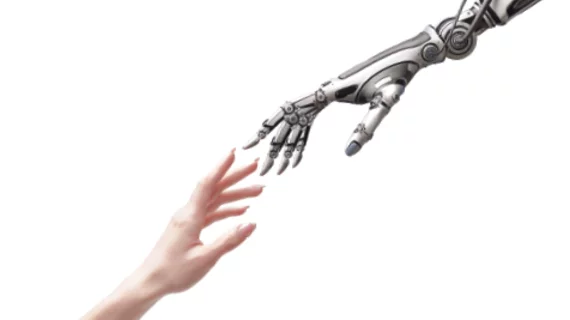New research from the Massachusetts Institute of Technology (MIT) suggests a physician's intuition—or, in other words, gut feeling—about a patient’s condition significantly influences the amount of diagnostic imaging, which is well above the capabilities of artificial intelligence (AI).
“There’s something about a doctor’s experience—and their years of training and practice—that allows them to know, in a more comprehensive sense beyond just the list of symptoms, whether you’re doing well or you’re not,” said lead researcher Mohammad Ghassemi, MPhil, of MIT’s Institute for Medical Engineering and Science (IMES) in a prepared statement. “They’re tapping into something that the machine may not be seeing.”
Ghassemi and colleagues examined the association between physician sentiment and diagnostic imaging utilization. The researchers analyzed 60,000 patient notes from the Medical Information Mart for Intensive Care (MIMIC-III) database. Specifically, they utilized provider notes from the first five days of a patient’s stay in the ICU, extracting daily positive and negative sentiment notes from the database. They found:
- Negative sentiment was associated with increased imaging utilization.
- Sentiment association was most pronounced at the beginning of an ICU stay.
- Negative sentiment increased diagnostic imaging utilization, but only up to a certain point.
“Although we focused on imaging utilization, the implications of this work extend well beyond imaging,” Ghassemi and colleagues wrote. “As a proxy for decision-making judgment, sentiment analysis has significant potential to assess utilization of other resources, such as laboratory tests, use of ancillary services, and discharge/transfer decisions. It may also help explain variance in other areas of clinical practice, including medication dosing, and decisions to withdraw care.”
The authors also noted their results warrant further research into the association between provider sentiment and patters of resources use, including imaging utilization.
“With further development, investigators may begin to take steps towards providing actionable adjustments to ordering practices on the basis of sentiment analysis,” Ghassemi et al. wrote. “It should be possible to design a decision support tool that provides additional input for high-cost decisions where there is a large difference between the expected and observed sentiment of the providers, or where multiple providers have conflicting sentiment about the same patient.”
Understanding what goes into a physician's instinct can help scientists design AI systems to incorporate less tangible data used by doctors to evaluate patients.
“The question is, can you get the machine to do something like that? It would be very interesting to teach the machine to approximate what the doctor encodes in their sentiment by using data not currently captured by electronic health systems, such as their speech,” said Tuka Alhanai, a lead author of the study.

